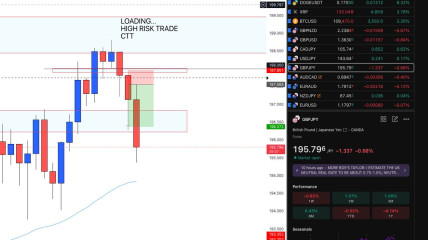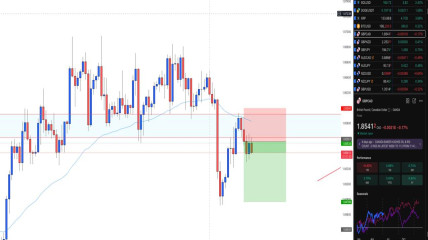Blog Details
Navigating Bitcoin Congestion: Why Your Transaction Might Take Longer

In the ever-evolving world of cryptocurrency, the Bitcoin network occasionally faces challenges, and one of the prominent issues users may encounter is transaction congestion. This phenomenon arises when the number of pending transactions surpasses the network's processing capacity. In this blog post, we delve into the intricacies of Bitcoin congestion, exploring the reasons behind delays and the impact on transaction confirmations.
Understanding Blockchain Congestion:
Blockchain networks, including Bitcoin, operate on a decentralized system where transactions are grouped into blocks and added to the chain. Congestion occurs when the demand for transaction processing exceeds the network's capability to include these transactions in a timely manner. Limited block sizes and the time required to create new blocks contribute to congestion.
Current Scenario:
As of December 6, 2023, the Bitcoin mempool, which represents the pool of unconfirmed transactions, is brimming with a staggering 266,234 pending transactions. This backlog is a clear indication of the extraordinary demand for processing within the network.
Normal Transaction Timeline:
Under regular circumstances, Bitcoin transactions are designed to be relatively swift. A standard transaction typically requires 1 to 1.5 hours to complete, with the initial confirmation occurring within the first 10 minutes. However, during times of congestion, these timelines can be significantly extended.
Factors Contributing to Delay:
Limited Block Sizes: Bitcoin blocks have a predetermined size limit, and when this limit is reached, transactions must wait for the creation of a new block.
Increased Demand: A surge in transaction volume, often triggered by market activities or increased adoption, can overwhelm the network's capacity.
Network Fee Dynamics: Users may adjust transaction fees to prioritize their transactions. During congestion, higher fees may expedite processing.
Coping Strategies:
Given the dynamic nature of the cryptocurrency landscape, users can adopt certain strategies to navigate transaction congestion:
Optimize Transaction Fees: Adjusting transaction fees to align with network conditions can enhance the likelihood of prompt processing.
Utilize Segregated Witness (SegWit): SegWit transactions often have a smaller size, optimizing block space and potentially expediting confirmations.
Patience and Monitoring: In times of congestion, patience is a virtue. Regularly monitoring the network and adjusting strategies accordingly can help manage expectations.
Conclusion:
Bitcoin congestion is a temporary challenge that users may encounter in a dynamic and evolving ecosystem. Understanding the contributing factors, employing optimization strategies, and exercising patience can contribute to a more seamless transaction experience. As the cryptocurrency landscape continues to evolve, staying informed and adapting to network dynamics remains key for users navigating the Bitcoin network.









